The free movement of labour across invisible national borders is a central tenant of the European Union (EU) project. With the United Kingdom (UK) voting to leave the EU in 2016, EU nationals living in the UK are now faced with uncertainty over their right to stay, similarly those aspiring to immigrate to the UK face new barriers to entry (Wandsworth et al, 2016). Given the dependence of the Northern Ireland economy on the supply and retention of European Union (EU) workers, Brexit poses a number of important socio-demographic implications.
. Sectors including the National Health Service, agriculture and hospitality are most likely to be affected (DAERA, 2018). It is against this backdrop that the project sets out to use census and administrative data to explore whether the nature of EU immigration to and from Northern Ireland has changed in the pre and post-2016 referendum period in the following ways;
-First, has the number of EU immigrants entering and leaving Northern Ireland changed between the pre and post referendum time periods.
-Second, has the socio-demographic characteristics of those leaving Northern Ireland changed, looking specifically at variations by;
o Country of origin
o Length of time spent living in the UK
o Industry and social status
o Living arrangements and family structure


